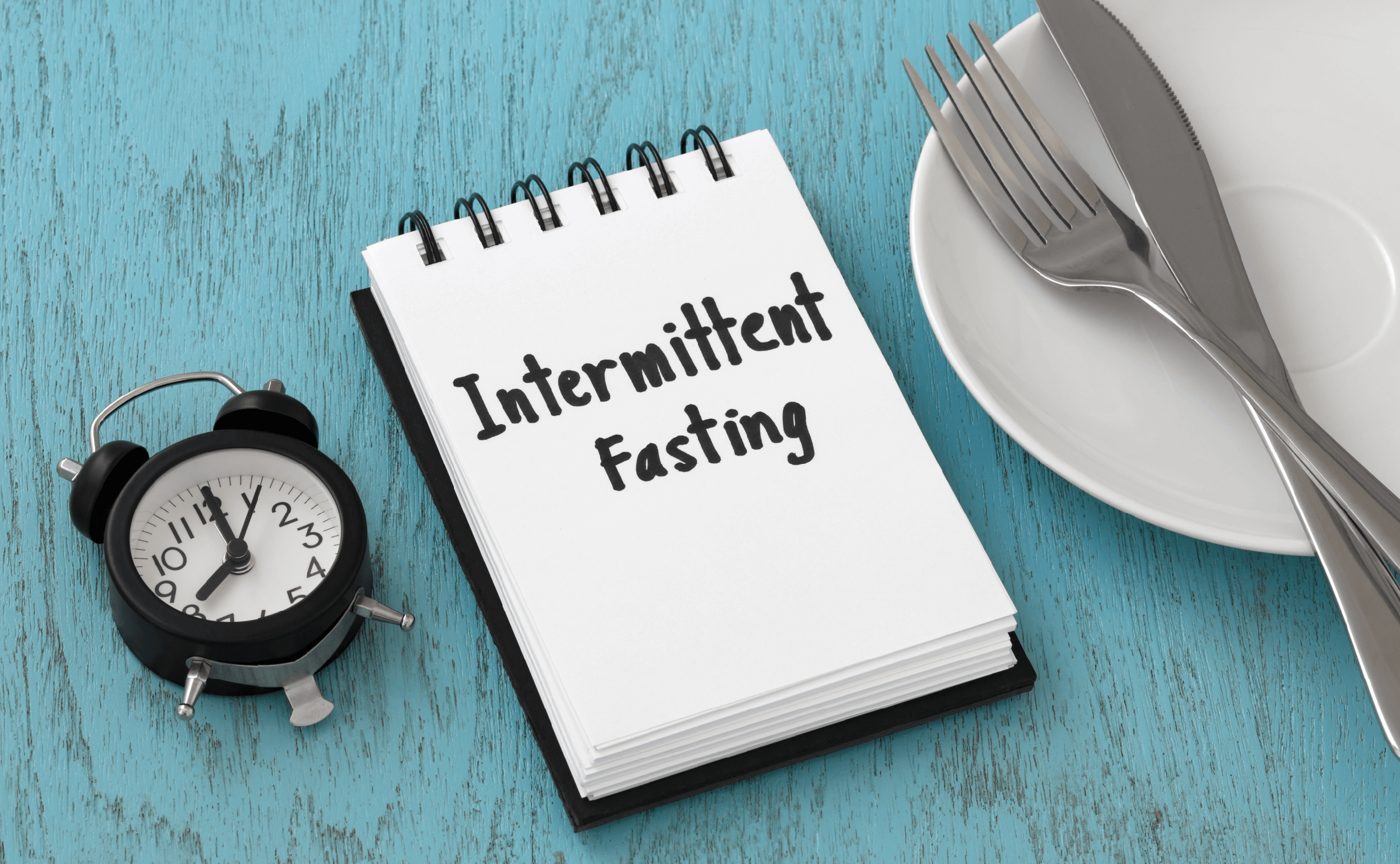
Historically fasting has been part of the natural and normal eating pattern for centuries, where periods of feast and famine were common. Fast forward to an age where food is always available, intermittent fasting is the new buzzword in health circles. In intermittent fasting, kilojoule intake is significantly restricted on some days (fasting days) with unrestricted eating on other days (fed or feast days).
- There is more than one way to intermittently fast.
In intermittent fasting, there are many ways to manipulate the timing of meals with short-term fasts. The most popular methods are alternate day fasting (i.e. fast every other day), the 5/2 method (fast for 2 days per week, eat for 5) and the 16/8 method (fast for 16 hours, eat for 8 hours). Unfortunately, the different definitions of intermittent fasting make it challenging to compare what the research says. Because of this, we are still not entirely sure how beneficial intermittent fasting is to achieve weight loss success. - You may already be intermittently fasting a few times per week.
Consider two types of breakfast eaters each having their last meal at 7pm: one eats breakfast at 7am (i.e. 12 hours fast) and the other at 11am (i.e. 16 hours fast). The second person unknowingly implements a long overnight fast. It is then reasonable to think breakfast skipping may be a method of intermittently fasting where the eating interval is long enough to be called a fast. That said, it is important to not overcompensate by eating too much later in the day, which defeats the object of eating fewer kilojoules. - You can combine intermittent fasting with traditional dieting.
While it is exciting to think that intermittent fasting is the key to your weight loss woes, the evidence isn’t very supportive. In fact, intermittent fasting appears to be no more superior to the traditional energy restricting approach to weight loss. Recently, a combination of the two methods has been suggested for weight loss, rather than trying either method separately. This is partly because the effects of intermittent fasting seem to be short-lived. A study on obese women after menopause found that the biggest improvement in body weight, waist circumference and body fat percentage happened in the first 5 weeks of following a kilojoule-restricted plan. This has been confirmed in other studies on lean participants, too. - The eating pattern during Ramadan is a form of intermittent fasting.
Ramadan is an example of religious fasting where Muslims fast from food and drink from sunrise until sunset, providing researchers with insight to study intermittent fasting. Contrary to what is believed, total daily energy intake is actually not lowered during Ramadan. While fewer kilojoules may be eaten at first, people consume comparable levels of energy before, during and after Ramadan, with minor changes in body weight. The rationale is that the body makes compensatory changes in food intake in response to a short-term fast to maintain weight where the total energy intake over this period of fasting is not significant to produce any weight loss results. - Intermittent fasting helps manage seizures in epileptics.
While the verdict is still out on intermittent fasting for weight loss, there is good evidence to show that this way of eating can assist in reducing seizures in epileptics. This is in part because ketones produced during fasting stabilise the membranes of the neurons of the brain, a crucial factor to reducing risk of seizures. Following a ketogenic diet should be followed under strict medical supervision.
Traditionally, the conventional approaches to weight loss are to daily and over time restrict kilojoules (energy) consumed from food and drink. Intermittent fasting may be beneficial for some if sustained for short periods and done so occasionally. However, healthy eating needs to be a key focus during non-fasting times. It is by no means an excuse to binge on eating days, which could do more harm than good. Either way, intermittent fasting may be a valid (yet apparently not superior) option to the traditional method of energy restriction to achieve successful weight loss.

 No added or artificial sugars
No added or artificial sugars The cleanest ingredient labels
The cleanest ingredient labels







